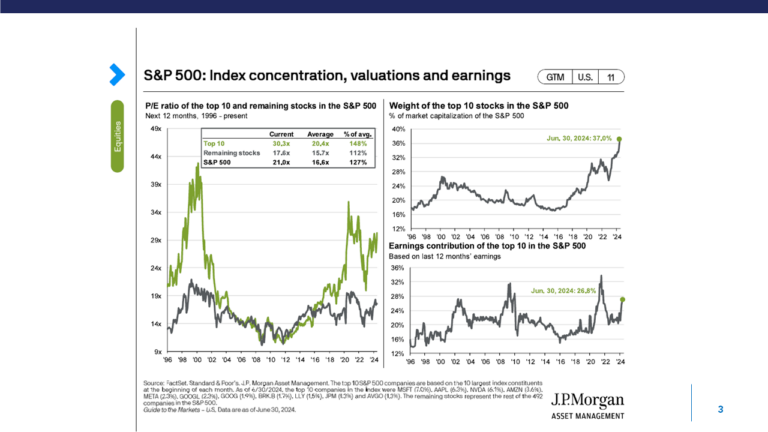Interactive retirement calculators are popping up all over as a means to simplify the questions of “Can I retire?” and “Am I saving enough to retire?” 401k providers are even adding sections to their routine reports to estimate the monthly income the future retiree can expect to receive from the portfolio. These tools are fast and simple, however, they might not be the only analysis needed to ensure you are on the right track.
All retirement projections or calculators revolve around several assumptions used to generate the results. Therefore taking time to research the information and talk to a professional about your inputs are a necessary step. For example, take the question, “How many years will I actually be retired?” Put more bluntly this question asks, ”When will I die?”
It is very easy to pick the age you want to live to rather than what might be realistic based on averages, your personal health situation, or even heredity related concerns. Assuming you live 5 to 10 years longer could have a big impact on your overall plan, especially when those years might be in an assisted living facility or a nursing home at a high cost. Most advisors have access to more sophisticated projection tools to help better estimate long term care expenses.
Most calculators ask you to select the rate of return you will receive on your investments and assume the return is linear. For example, let’s say you enter a return of 7% per year. A linear calculator then assumes you earn 7% every single year. Even novice investors understand that this is not how the market works. You may have an average annual return of 7% but any specific year your return could be far more or less. More robust projections are able to take these market swings into account by running hundreds of different scenarios. Also, the rate of return assumed should be reasonable based on the investment risk you are taking. For example, making a high investment return assumption based on your portfolio invested in short term bonds could be unrealistic, since the portfolio is not very risky, therefore is unlikely to perform that well.
Inflation is key
The rate of inflation is a key component of retirement forecasting. You need to project the inflation rate of your salary while you are working along with your living expenses in retirement. You should also consider how your sources of income will keep up with inflation. Social Security and some state pensions increase with inflation over time by applying cost of living adjustments. This inflation adjustment is important to consider because one of the biggest threats to retirement security is losing purchasing power. Generally speaking, online retirement calculators let you enter any rate of inflation you would like. Should you enter the average rate of inflation rate for this year, a historical measure, or a projected measure? Making an informed choice can be daunting.
Choosing different investment types
You could have many different kinds of investment vehicles, all having different tax characteristics. For instance you could have an IRA, Roth IRA or brokerage account. The money you withdraw from those accounts may be taxed, not taxed at all, or only taxed on gains. Most free retirement projection calculators cannot distinguish the tax nature of these accounts, let alone figure how your tax rate might change after you retire.
Online resources may be helpful in seeing if you are on track, but may not be advanced enough to take into account all the factors that will affect your retirement. It is worth your time to work with a trusted financial professional who can create a comprehensive plan that will best suit you prior to and during retirement. It is similar to referring to Web MD for your medical needs rather than visiting a doctor. These tools may start you down the right path, but ultimately you will likely turn to a professional to find the ultimate answer.
Elise Murphy, CFP®
Financial Advisor


